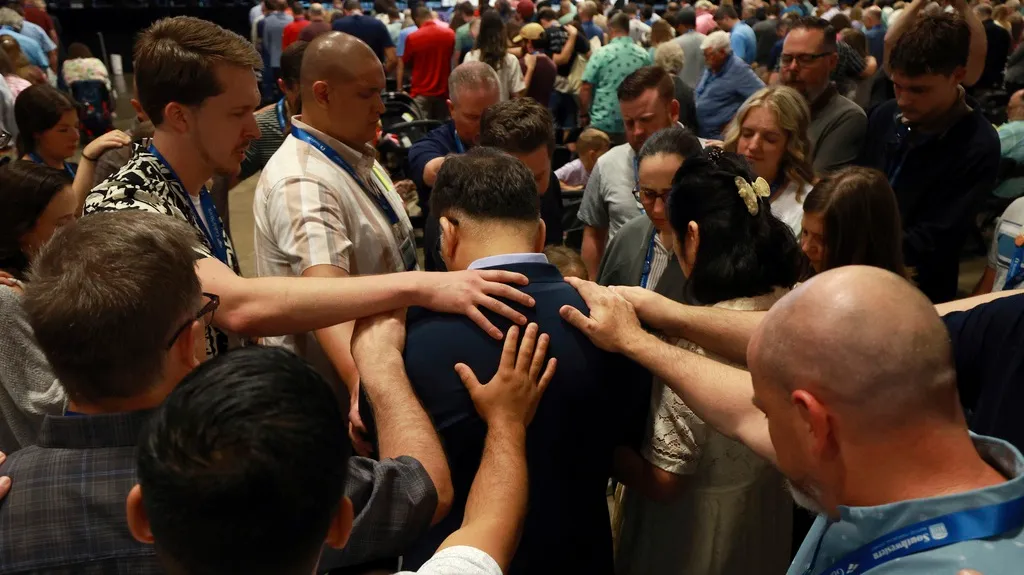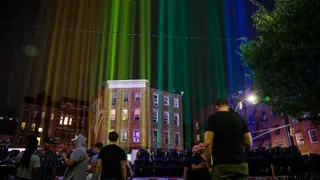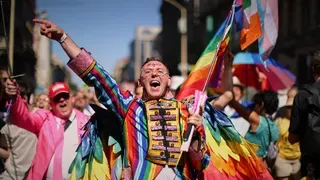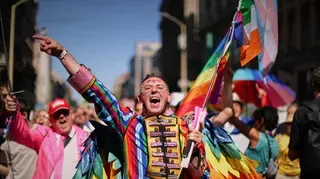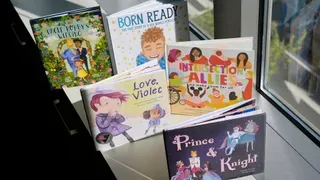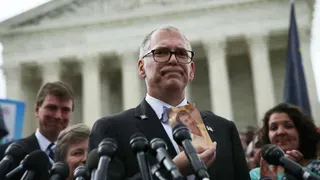June 9, 2012
Pedal Pushers: AIDS/LifeCycle
Chris Sosa READ TIME: 3 MIN.
For one week in June, more than 2,800 people will participate in an event which can only be described as life changing for both the participants and thousands of other Californians. AIDS/LifeCycle is the world's largest HIV/AIDS Fundraiser. Now in its 19th year, the event has raised more than $86 million for HIV/AIDS services benefiting the people in our state. The 545 mile, seven-day bike ride from San Francisco to Los Angeles attracts people of all ages and backgrounds.
AIDS/LifeCycle director Greg Sroda describes the event as not just a seven-day bike ride from San Francisco to Los Angeles, but something that those involved will remember for the rest of their lives. "For our participants, it creates this amazing community and experience-it's a life changing occurrence," he said.
The diversity of people who take place in the ride is amazing. People from 44 states and 16 countries participate, as well as people of all ages. Sroda explained, "We have all sorts of people on our ride. They range from 18-years-old to, I believe our oldest rider is 83 this year."
Each participant pledges to raise a minimum of $3,000 each and the AIDS/LifeCycle organization has many resources and suggestions to help new riders reach that fundraising goal, which many easily do. Last year 2,300 riders raised $13.3 million, which works out to an average of almost $6,000 per rider. The money is desperately needed in the ongo-
ing fight against HIV/AIDS and this year's goal is to raise at least $11 million.
"Although we've seen great strides in the fight against HIV and recent medical advances show
great promise for turning the tide, today the epidemic rages on, more than three decades after it began," says Lorri L. Jean, CEO of the L.A. Gay & Lesbian Center. "There are 1.1 million Americans living with HIV, with gay and bisexual men disproportionately affected, in California alone, as many as 7,000 people become infected each year. That's why AIDS/LifeCycle is so important; the services it supports are critical, both to serve those living with HIV and to stop the spread of this disease."
The thought of a seven-day, 545-mile, bike ride may seem daunting at first, but almost anyone can do it. Organizers stress that it is NOT a race and riders can proceed at their own pace. Each day's route varies from 50 to a little more than 100 miles, with each day's ride broken up into manageable pieces, rest stops approximately every 15 miles and more than 600 volunteer "roadies" are on hand to help riders and to man the rest stops with food and (very important) drinks.
Furthermore, if a rider absolutely can't complete a ride, for whatever reason, the roadies are on hand to transport them the rest of the way. "We always say, 'you ride every mile that you can,'" Sroda explained. "It allows people that might not be in the best shape or might struggle with a full day of the event or the full seven days, to participate. It allows them to ride every mile that they can."
According to Sroda, you only have to participate once to understand the attraction and success of the event. "If it's something you've thought about doing, sign up and experience the community," he said "It's an amazing group of people to be a part of and once you get involved in it, you will stay involved for many years to come."
Although we have come a long way in the fight against HIV/AIDS, we still have a long way to go. New drugs are extending the lives of people living with the disease, but the drugs are expensive, the side effects can be daunting, and they are only a treatment, not a cure. We still have a long road ahead of us, and many miles to ride, before this is over.
